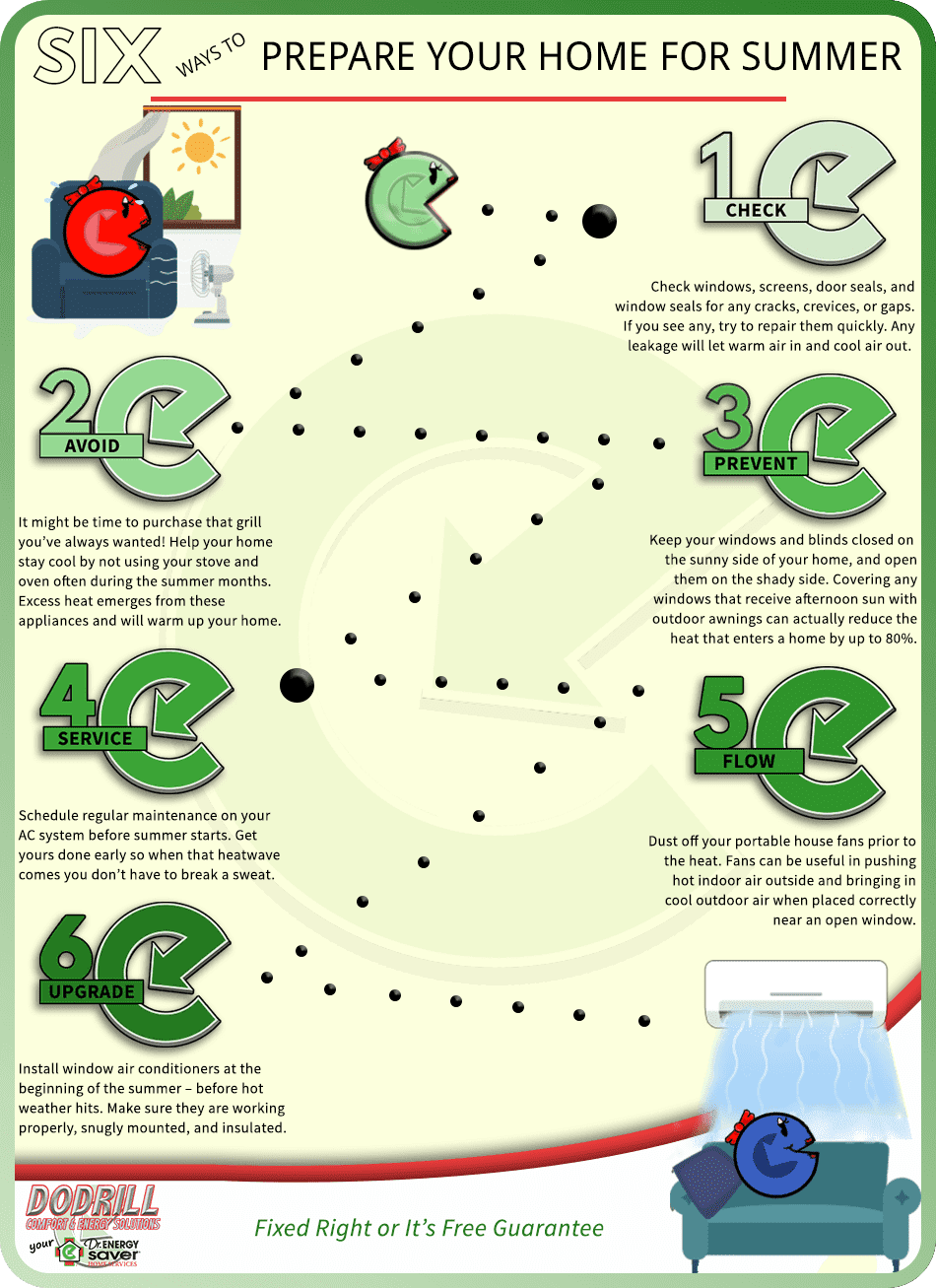Suggested Pressure Cleaning Techniques Customized For Every Surface Area
Suggested Pressure Cleaning Techniques Customized For Every Surface Area
Blog Article
Personnel Author-Lassen Mosley
When it pertains to push washing, the strategy you select can make all the difference in achieving a clean, streak-free coating. You could locate that hard surface areas, like concrete, call for a various approach than softer products, such as timber or plastic. It's vital to adjust your approaches to the surface area kind to prevent damages while taking full advantage of cleansing effectiveness. So, what are the best strategies for every surface, and exactly how can you ensure you're using the right settings and devices for the work? Allow's explore what you require to recognize to obtain the most effective results.
Difficult Surfaces
When it concerns press washing tough surfaces, prep work is essential. Prior to you even think of pulling out the pressure washer, make the effort to get rid of the location of any type of particles, furniture, or obstacles. You do not want anything getting in your means or potentially damaging your tools.
Next, examine the surface area for any kind of splits or damages; this will certainly help you determine the ideal technique and stress settings.
When you've prepared the location, it's important to select the ideal nozzle. For hard surface areas like concrete or brick, a narrow nozzle (15 or 25 levels) works best to provide a focused stream of water that can properly remove gunk and stains. Always begin at a distance and progressively relocate closer to avoid any type of surface area damage.
As you begin cleaning, maintain the wand transferring to stop touches and over-saturation. It's also practical to function from the top down, permitting dust and particles to remove normally.
Lastly, keep in mind to wash the surface thoroughly after cleaning to eliminate any kind of remaining detergent. With these methods, you'll achieve a clean and renewed appearance on all your tough surfaces.
Soft Surfaces
Pressure cleaning soft surface areas calls for a gentler method to shield them from damage. Whether you're cleansing your deck, outdoor patio furnishings, or home siding, utilizing excessive stress can result in dents, scratches, or perhaps permanent harm.
Begin by picking read on -pressure nozzle, ideally a 25-degree or broader spray pattern, to distribute the water a lot more gently.
Prior to you start, it's vital to pre-treat any type of discolorations with an ideal cleaning solution. This action allows the cleaner to pass through the dirt and grime, making it less complicated to remove without scrubbing too hard.
Always apply the remedy from all-time low as much as protect against streaking.
When you start stress washing, preserve a distance of a minimum of 12 to 18 inches from the surface. Relocate your wand in a sweeping movement, keeping it alongside the surface area to avoid focused pressure on one spot.
Rinse https://www.expertreviews.co.uk/kitchen/1415847/how-to-clean-your-baking-tray after cleaning up to get rid of any type of residual cleanser.
Lastly, evaluate the surface for any kind of missed out on spots and duplicate the procedure if necessary. By adhering to these actions, you can effectively tidy soft surfaces while protecting their stability and appearance.
Specialized Surfaces
Cleansing soft surface areas requires care, yet specialized surface areas require even more interest to detail. When you deal with these surface areas, like delicate timber, discolored concrete, or particular kinds of home siding, using the right pressure washing strategies is critical to stay clear of damage.
Initially, analyze the material. For example, dealt with timber can usually withstand moderate stress, however softer woods like cedar might need a lower setting. Always begin with high window cleaning tools and progressively boost if necessary.
For stained concrete, use a fan spray nozzle and maintain a consistent range to avoid etching the surface.
When handling surface areas like plastic exterior siding or repainted surface areas, a wide spray pattern helps distribute the pressure evenly, safeguarding the coating.
It's additionally wise to utilize cleaning agents especially designed for specialty surface areas. They can boost cleaning without endangering the material.
Wash extensively after cleaning to remove any type of residue, as it can cause discoloration or deterioration over time.
Final thought
Finally, grasping pressure washing strategies for different surfaces can make all the difference in your cleaning results. For tough surface areas, stay with narrow nozzles and a top-to-bottom strategy, while soft surface areas need a gentler touch with broader nozzles. Don't forget to pre-treat discolorations and rinse extensively to avoid residue. By adapting your methods to every product, you'll not only attain a cleaner surface yet also secure the honesty of your surfaces. Happy cleaning!
